
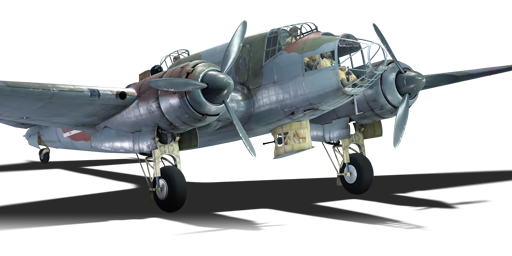


The LeO 451 started development in the early 1930s as the French Air Force wanted to procure a new light bomber for their young bombing branch. The first prototype flew in 1937, with only minor issues, aside from that, it displayed excellent performance, it used a pair of Hispano-Suiza engines. A second prototype was built using different engines with testing in 1938. However, the engines of the second prototype could not be obtained in time for the aircraft's production, but even with this setback, the aircraft's numbers quickly raised before the Invasion of France in May 1940. The aircraft suffered heavy losses against German pilots, that had complete air superiority, however it performed much better against Italian forces in southern France. During its latest versions, with the intention to increase the survivability, the aircraft underwent a series of revisions; the most important one that entered in service before the capitulation of France added additional defensive armament for the rear gunner, in the form of additional light machine guns aside from the regular Hispano 404 cannon.
It was introduced in Update 1.79 "Project X". It was introduced in Update 1.73 "Vive la France". The LeO 451 is a versatile high-speed medium bomber that is capable of undertaking low-level ground attack strikes against tanks, pillboxes, and other small targets. It also carries a fairly respectable bomb load for its battle rating, and can be used to destroy bases efficiently. The LeO 451 represent a complete departure from the Farman F.222.2 and SNCAC NC.223.3 heavy bombers. The LeO 451 sacrifices bombload for high speed, although at a 1,900 kg maximum load it still carries a respectable amount compared to similar bombers like the Petlyakov Pe-2 and the CRDA Cant Z.1007bis Alcione series. It is also quite manoeuvrable for a twin-engine bomber. Compared to the previous LeO 451, the difference is the increased defensive armament, with the Late variant adding two additional 7.5 mm MGs for the rear gunner.
flaps
flaps
flaps
brake
| Belt | Belt filling | Armor penetration (mm) at a distance: | |||||
|---|---|---|---|---|---|---|---|
| 10 m | 100 m | 500 m | 1000 m | 1500 m | 2000 m | ||
| T/Ball/Ball/Ball/I/AP | 13 | 12 | 7 | 3 | 2 | 0 | |
| T/AP/AP/I/I | 13 | 12 | 7 | 3 | 2 | 0 | |
| IT | 3 | 3 | 3 | 3 | 0 | 0 | |
| AP/AP/I | 13 | 12 | 7 | 3 | 2 | 0 | |
| Belt | Belt filling | Armor penetration (mm) at a distance: | |||||
|---|---|---|---|---|---|---|---|
| 10 m | 100 m | 500 m | 1000 m | 1500 m | 2000 m | ||
| PT/HEI/AP/HEI-T | 38 | 34 | 23 | 14 | 9 | 5 | |
| AP-T/AP/AP-T/HEI/AP-T | 38 | 34 | 23 | 14 | 9 | 5 | |
| AP-T/HEI/AP-T/HEI | 38 | 34 | 23 | 14 | 9 | 5 | |
| Belt | Belt filling | Armor penetration (mm) at a distance: | |||||
|---|---|---|---|---|---|---|---|
| 10 m | 100 m | 500 m | 1000 m | 1500 m | 2000 m | ||
| T/Ball/Ball/I/AP | 13 | 12 | 7 | 3 | 2 | 0 | |
| T/AP/AP/AP | 13 | 12 | 7 | 3 | 2 | 0 | |
| T/AP | 13 | 12 | 7 | 3 | 2 | 0 | |
| Belt | Belt filling | Armor penetration (mm) at a distance: | |||||
|---|---|---|---|---|---|---|---|
| 10 m | 100 m | 500 m | 1000 m | 1500 m | 2000 m | ||
| T/Ball/Ball/I/AP | 13 | 12 | 7 | 3 | 2 | 0 | |
| T/AP/AP/AP | 13 | 12 | 7 | 3 | 2 | 0 | |
| T/AP | 13 | 12 | 7 | 3 | 2 | 0 | |
| Name | Weight | Slot | ||||||
|---|---|---|---|---|---|---|---|---|
| 118 kg |  |  | ||||||
| 225 kg |  |  | ||||||
| 520 kg | 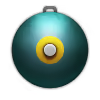 |  | ||||||
| 16 × | 848 kg | 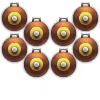 | ||||||
| 5 × | 590 kg | 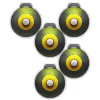 | ||||||
| 4 × | 900 kg | 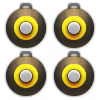 | ||||||












Flight performance | |
|---|---|
Survivability |
|---|
Weaponry | ||
|---|---|---|